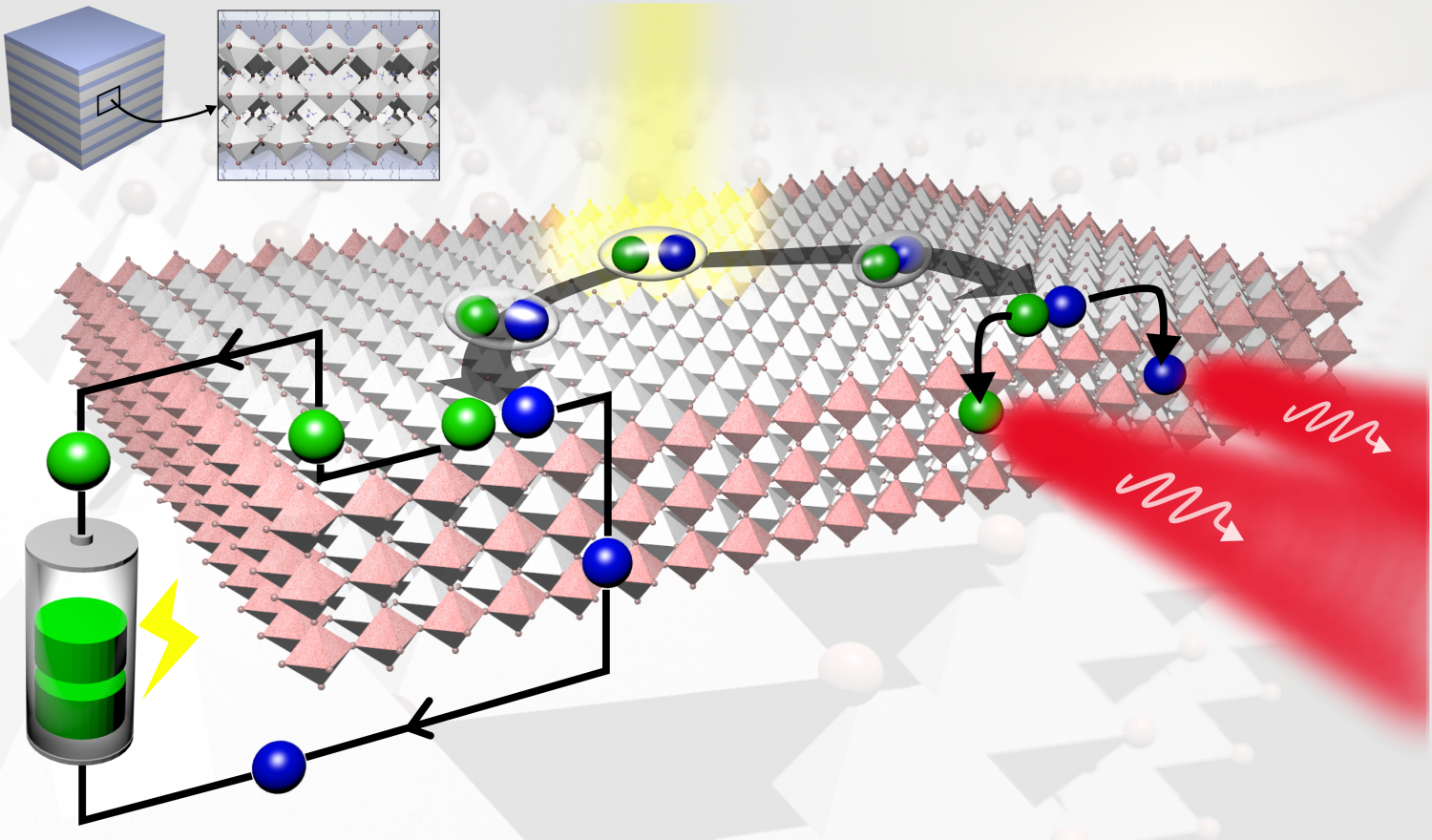New Solar Cells Boast Markedly Higher Efficiency

Silicon solar cells are cheap, readily available, resilient, and dominate solar panel manufacturing supply chains. However, it is possible that perovskite solar cells are technically superior. Perovskite is a calcium titanium oxide (CaTiO3) that can be used as a photovoltaic solar cell. They are affordable and flexible, and they are capable of exceeding 30% efficiency – about double the efficiency of silicon solar cells and very close to the Shockley-Queisser maximum limit of 33% efficiency. It is also possible to combine perovskite cells in stacks to reach 86.8% maximum efficiency; even a more modest three-layer cell-stack can achieve 50% efficiency. However, perovskite is unstable at high temperature and degrades in the presence of moisture. For those who remember VCRs, AES expert Member John Gibson at Tudor, Pickering & Holt suggests a comparison: silicon solar cells are “VHS,” and peroveskite solar cells are “Beta.”
